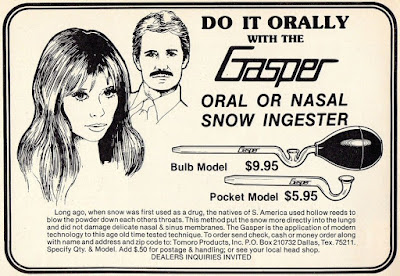In the aftermath of World War II, full time civilian manufacturing resumed. But not at pre-war levels at first. There was a lot of retooling to be done to get the factories, who had switched to making mostly military goods for the war back up to speed. (It’s a leap from live bunker busters back to cute baby blankets.) So in the following days and weeks after VJ Day, manufacturers were quick to tell consumers to be patient as they ramped up civilian production.
The shortages didn’t last long for most and everything was at full speed by mid-1946. However, there was one product that would not wait; Nylon hosiery.
 |
| Women standing in line for nylon stockings outside Miller's Department Store in Oak Ridge, TN in January 1946. Image: Wikipedia |
Dupont Chemical invented nylon in 1939 as an alternative to silk, Japan had embargoed all silk exports to the United States. So nylon became a not only a replacement, but an affordable one.
When World War II broke out, nylon was used for making parachutes and other military items. Civilian production was nearly ceased.
 |
Silk and nylon stockings which could no longer be worn were being collected in stores throughout the country for conversation into powder bags which propel the projectile in big naval and coast defense guns. Image: U.S. National Archives |
So women had to take especially good care of their nylon hose. Wearing them only on special occasions. But runs, sags and holes still laid waste to them all. It had actually gotten to the point where makeup-like products were introduced for women to color their bare legs just to replicate the look of nylon hose.
 |
| Woe to the ladies who wore this stuff with white dresses and skirts in public...... |
So when Dupont announced they were resuming full production of nylon stockings in 1945, women across America cheered. But there was a problem.
They announced it too soon. They promised a full production of pairs in the first shipment. The nation had millions of women who wanted to feel nylon on their legs again. Now.
They announced it too soon. They promised a full production of pairs in the first shipment. The nation had millions of women who wanted to feel nylon on their legs again. Now.

But Dupont could only deliver a small fraction of that due to the actual speed of ramping up production (it couldn't be done overnight.) And that’s when all hell broke loose.
Store managers begged female customers to be patient. Department store windows were smashed in Washington D.C. In Pittsburgh, 40,000 women fought over 13,000 pairs of nylon stockings.




















































